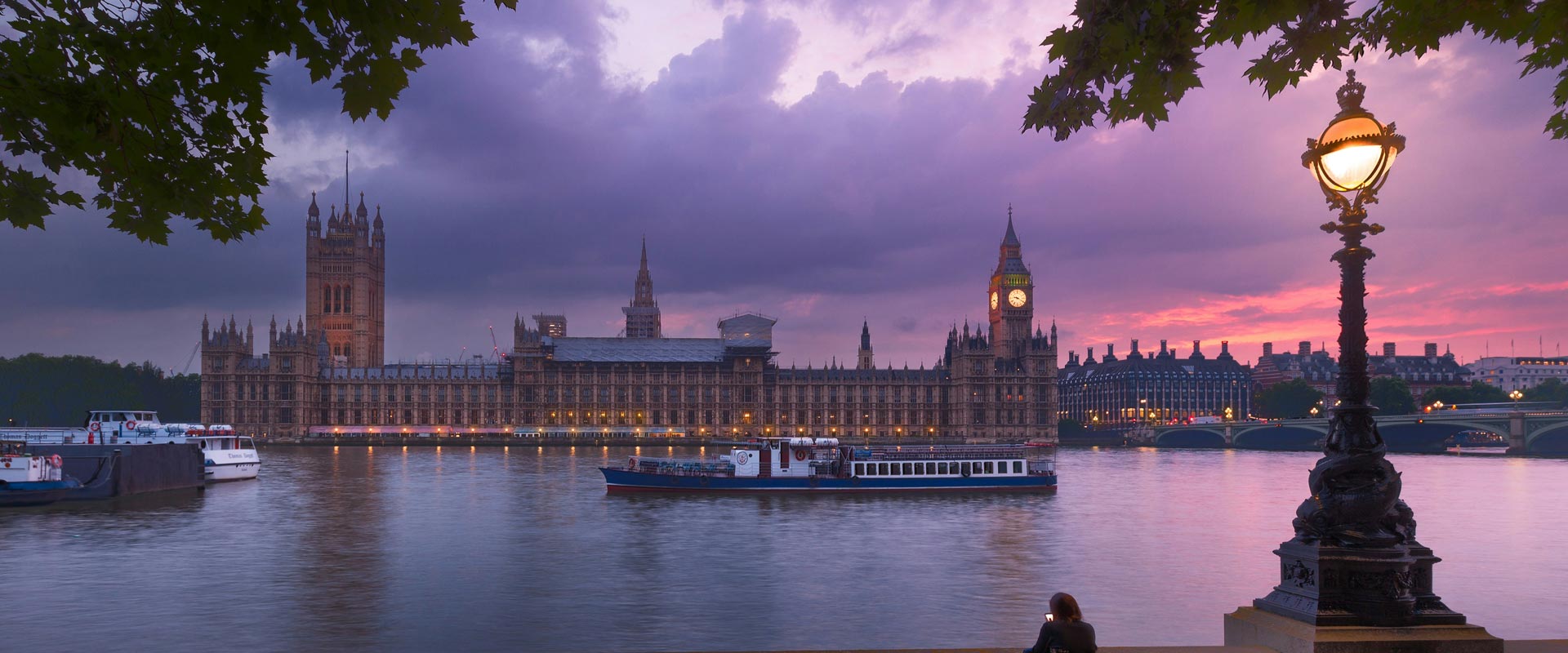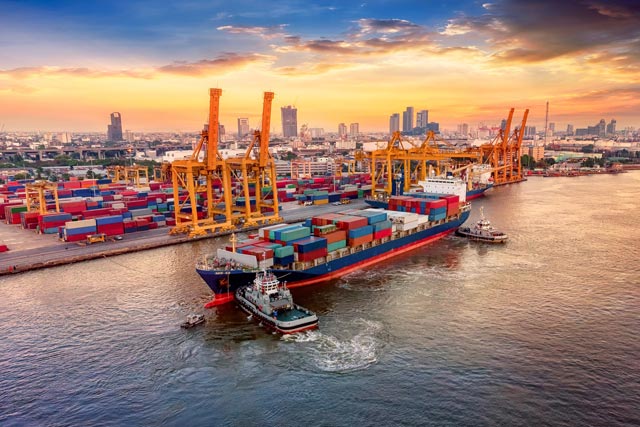An electoral upset couldn’t be ruled out. But with Labour winning the election on 4 July, we expect (80% probability) a Starmer-led government to be fiscally pragmatic. Labour’s spending plans – which include raising green investments by around £5bn, £1.8bn upgrading port infrastructure, £1.3bn per year on a home-insulation scheme, and £4bn to support building 1.5m new houses over the next five years - would likely result in a £20bn increase in tax receipts. Based on past Labour policy, this could see additional tax measures for private equity firms, big energy firms, and big tech, in addition to an expected crackdown on tax evasion.
However, a more ambitious Labour government (20% probability) could see tax receipts hit £73bn and lead to a fiscal shortfall of around 1% of GDP in 2025 and 2026 and a total of 3% of GDP by 2028. A more determined Labour government could, for example, increase the National Insurance rate to 12% from 8%, raising tax receipts by £20bn, or increase the corporate tax rate from the current 25% to the 30% in place before 2008. They could also raise its green investment plan to the initial £28bn, and double its NHS spending plan to £2.2bn.
In an “ambitious” scenario, UK growth would fall-back to +0.7% in 2026, less than half compared to the baseline scenario, induced by a higher tax burden. Inflation would stay above 3% as sterling would depreciate by -7% to -10% and wage growth would be higher due to reduced labour market flexibility and immigration policies.




